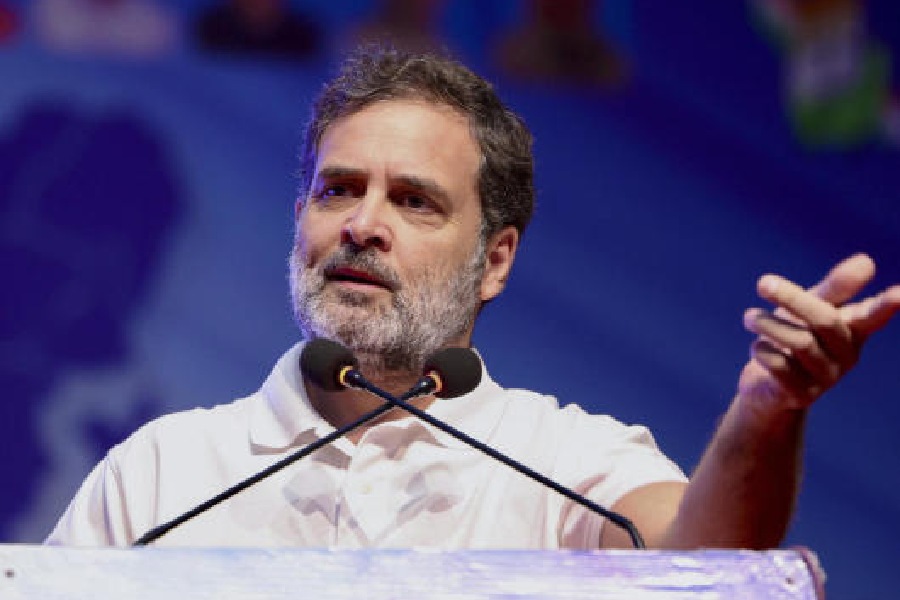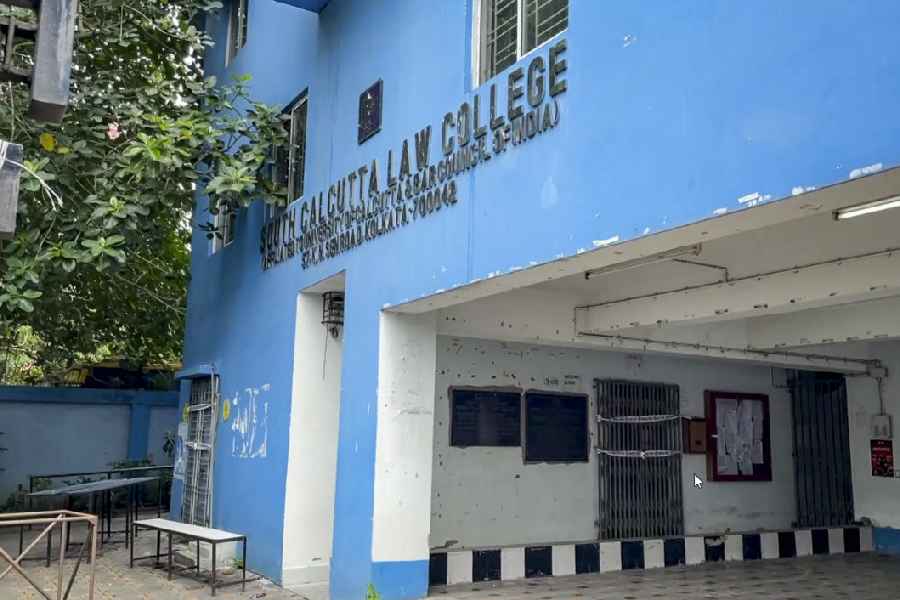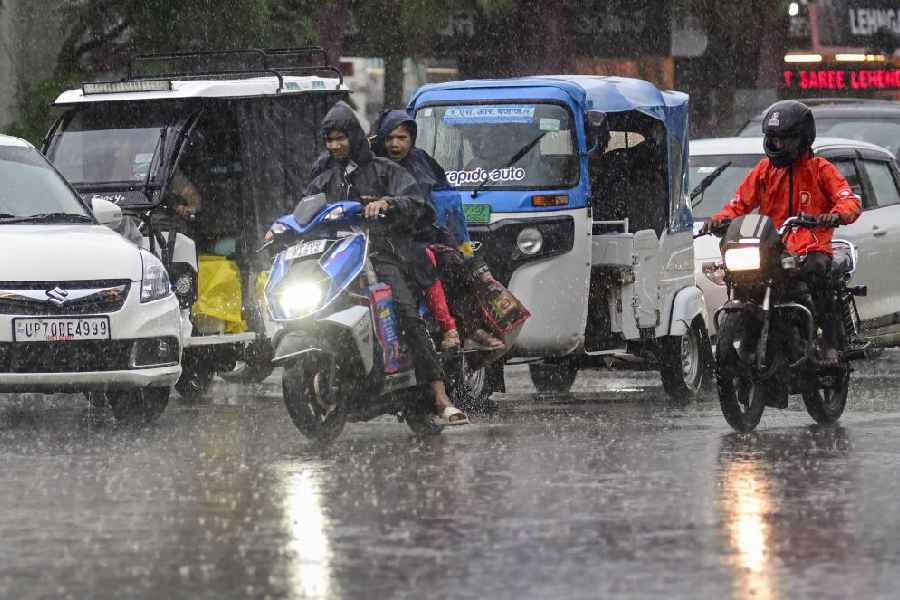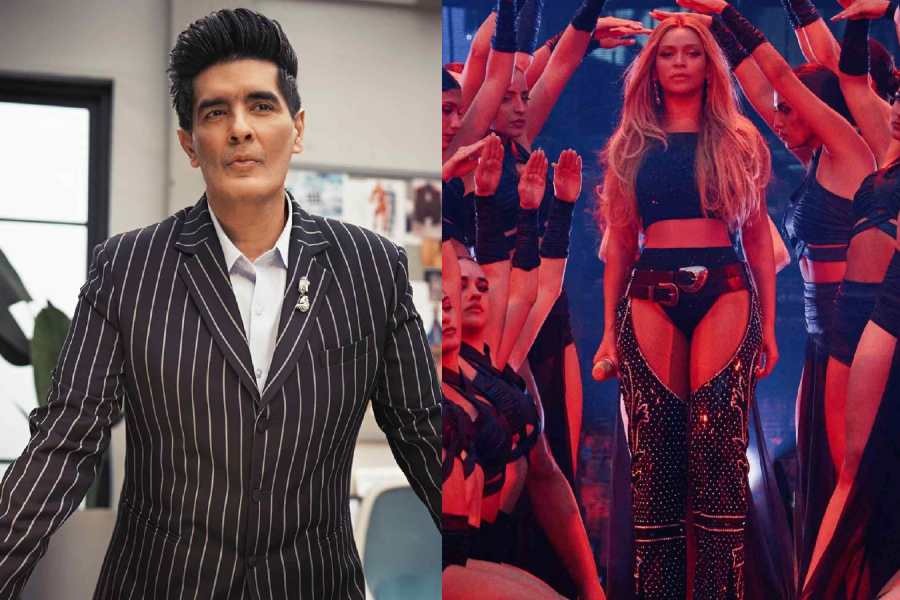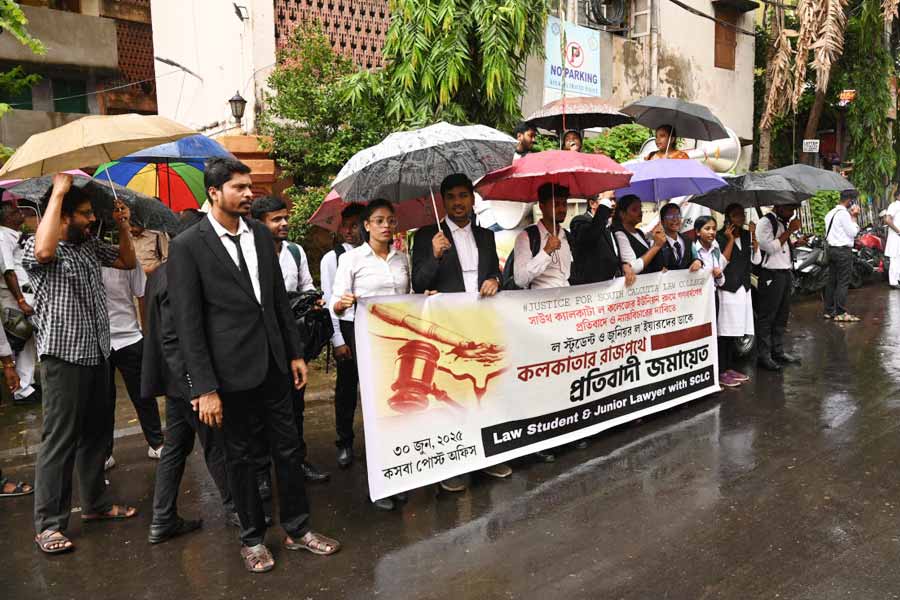 | Guest Column Shradhanjali Samantaray |
Before 1993, there was no women’s football team in Orissa. As a 14-year-old kid, my elder sister Geetanjali and I used to run to a playground near my house (in Bhubaneswar) for kho-kho practice.
A group of boys used to come to the same ground to play football in the evenings. One day, their coach, Chandan Chanda told us about an upcoming women’s football tournament in Haflong, Assam. At that time, we had no idea about the sport. We stared blankly at Chanda sir. He said the tournament would begin in four days. “I will tell you all that you need to know about football. We will leave in two days. We are flying there,” he said. The “air travel” part got all of us interested immediately!
To begin with, we needed good football boots. The organisers got them for us right away. But those were oversized, meant for boys! So, we stuffed the boots with cloth bits as insoles and started playing. We lost all three matches we played there, by huge margins. We were unable to score a single goal. Initially, we found solace in the fact that we were a kho-kho-turned-football team and had probably done our best. After all, four days were not enough to learn much about the game. However, when we returned home, we could not stop mulling over our poor performance.
Our opponents were not super human beings. They were young girls just like us. When they could play so well, why couldn’t we? With this resolve, our entire kho-kho team started concentrating more on football. We bought our own gear and started practice. After about a month, we went to play a senior nationals tournament in Daltonganj, Jharkhand (then in Bihar). It was a bitter-sweet experience - we won some, we lost some and could not make it to the semi finals. We were, however, satisfied that our game had improved to some extent.
The very next year, we participated in the Federation Cup at Bhadrak. That time, I was appearing for my Plus Two exams. I used to leave for Bhadrak in the morning, play the match, return home by evening and burn the midnight oil to study. The balancing act was difficult but I had to manage somehow since neither was any less important than the other. Our performance in that tournament was pretty average. Then, due to certain reasons, our state could not participate in the senior nationals in 1995 and 1996.
Because of this two-year gap, many players lost interest and stopped playing. But, I continued. In the meantime, Chanda sir had been transferred. Two other state coaches, Gangadhar Behera and R.K. Mandal took me under their wings. Later, they too were transferred to other districts. But before leaving, they introduced me to my present coach Nandakishore Patnaik, who used to train women footballers from A.G. Colony, Bhubaneswar.
I started playing again. Very few girls used to turn up for regular practice and on most days, I ended up playing with kids. Nanda sir used to encourage me a lot. “Give your best and don’t bother about the results. You are sincere and committed to your game. I am sure you will lead the national side some day,” he used to say to inspire me.
In 1997, Nanda sir built a team again. The state team went to Haldia, in Bengal to play the nationals, but was defeated in the quarterfinals. That year, I was selected for an all-India women’s football camp. I was the youngest of 50-odd participants there and practised hard. It paid off - I got noticed and was chosen for the national squad that played in the Asian championship in China. I realised I had to keep working hard to retain my position in the team. I played in major national and international tournaments, including the 13th Asian Games in Bangkok.
Only four years ago, there was no women’s football team in Orissa. I was the only Oriya playing at the Asiad. It was nothing but fate. I became India’s vice-captain in 2003 and then captain in 2005. I remembered Nanda sir’s words: “I am sure you will lead the national side some day.” I felt like I was God’s favourite child.
Over the years, our state had also started performing well. By 2002, we were among the top three teams in the country. But we kept losing to Manipur in all the senior national events. We worked harder and harder, and finally broke the jinx in the 33rd National Games in Guwahati in 2007.
This year, we beat them again in the 34th National Games in Jharkhand and also won our maiden title in the 19th Senior National Women’s Football National Championship in Bhilai by defeating Bengal.
Women’s football has definitely come a long way. But I feel sad about the fact that three of our key players (Sasmita Mallick, Pinky Bompal Magar and Suprava Samal) left the state soon after the victory after getting jobs in Bihar. Their absence has created a void in the team. It is true that the state government could not provide employment to them.
However, it is not right to criticise the government for everything. I feel corporate companies or banks must come forward to employ good players. Jobs would not only be an incentive for them but also motivate youngsters to take up a career in sports. Here, I would like to express my gratitude to National Aluminium Company (Nalco) for providing both employment and support to me. It is heartening to see that the sports scenario has improved greatly over the years. The Football Association of Orissa has done a lot for our uplift. However, we have only one sports hostel at Kalinga Stadium, Bhubaneswar, accommodating only 22 women sportspersons whereas for men, there are hostels in almost every district. If the government could set up three or four more hostels in every zone for women, it would be a great thing. Budding talents from every corner of the state would get a platform. Inter-hostel matches could be organised to make the players more competitive. Orissa has produced many world class and national-level sports stars, and I hope that with government’s support, we would be able to achieve much more.


